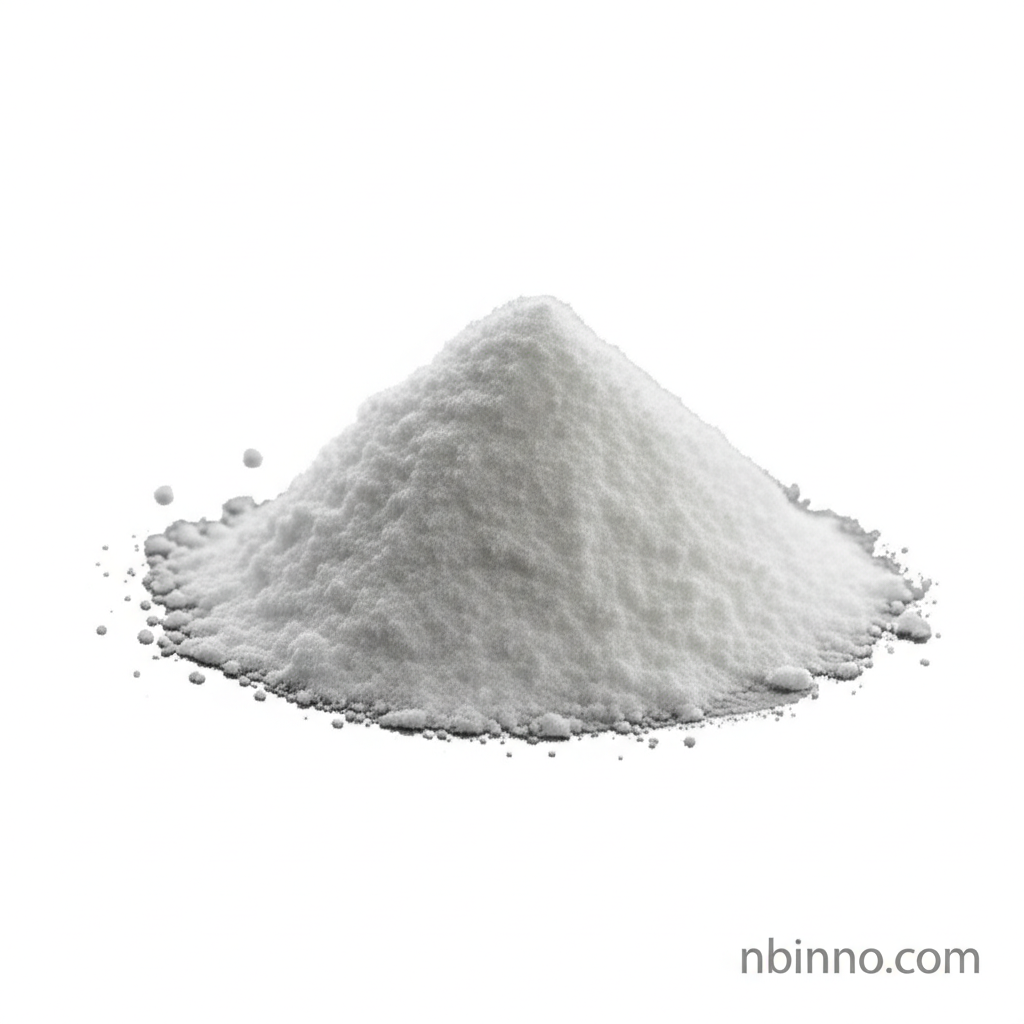1,4,5,8-Naphthalenetetracarboxdiimide: Properties, Applications, and Advantages in Organic Electronics
Discover the fundamental properties and diverse applications of 1,4,5,8-Naphthalenetetracarboxdiimide, a key material for the next generation of organic electronic devices. Learn why it's a crucial component for OLED, OFET, and OPV technologies.
Get a Quote & SampleProduct Core Value

1,4,5,8-Naphthalenetetracarboxdiimide
As a leading supplier in China, we offer high-quality 1,4,5,8-Naphthalenetetracarboxdiimide (NTCDI), a foundational organic compound vital for advancements in organic electronics. Its unique molecular structure makes it an indispensable building block for creating efficient and stable electronic components.
- Explore the distinct properties of 1,4,5,8-Naphthalenetetracarboxdiimide, a key player in OLED materials, enabling superior light emission characteristics and device longevity.
- Understand the critical role of NTCDI in organic field-effect transistors (OFETs), facilitating high charge carrier mobility and excellent switching performance.
- Leverage the potential of this naphthalenediimide derivative for organic photovoltaics (OPVs), contributing to higher power conversion efficiencies and device stability.
- Benefit from our commitment as a trusted manufacturer in China, ensuring consistent purity and reliable supply of this essential organic chemistry component for your research and development needs.
Product Advantages
High Purity and Consistency
Our 1,4,5,8-Naphthalenetetracarboxdiimide boasts a minimum purity of 97%, ensuring reliable and reproducible results in your organic electronics projects, a key factor when considering organic semiconductor synthesis.
Versatile Electronic Applications
This compound is a cornerstone for developing next-generation OLED, OFET, and OPV devices, offering excellent performance characteristics that push the boundaries of thin-film transistor materials.
Established Synthesis Route
Produced from naphthalene via naphthalenetetracarboxylic dianhydride, NTCDI represents a well-established and efficient material for photovoltaic material innovation and other advanced applications.
Key Applications
OLED Materials
NTCDI serves as a crucial component in the emissive layers of OLEDs, contributing to vibrant displays and efficient lighting solutions, a key area within organic electronics.
OFET Materials
Its semiconducting properties make it ideal for organic field-effect transistors, enabling high charge mobility essential for flexible displays and electronic circuits.
OPV Materials
In organic photovoltaics, NTCDI functions as an electron acceptor, enhancing the power conversion efficiency of solar cells and supporting photovoltaic material innovation.
Organic Chemistry Research
As a fundamental naphthalenediimide derivative, it is widely used in organic chemistry research for synthesizing novel materials and exploring new electronic functionalities.
